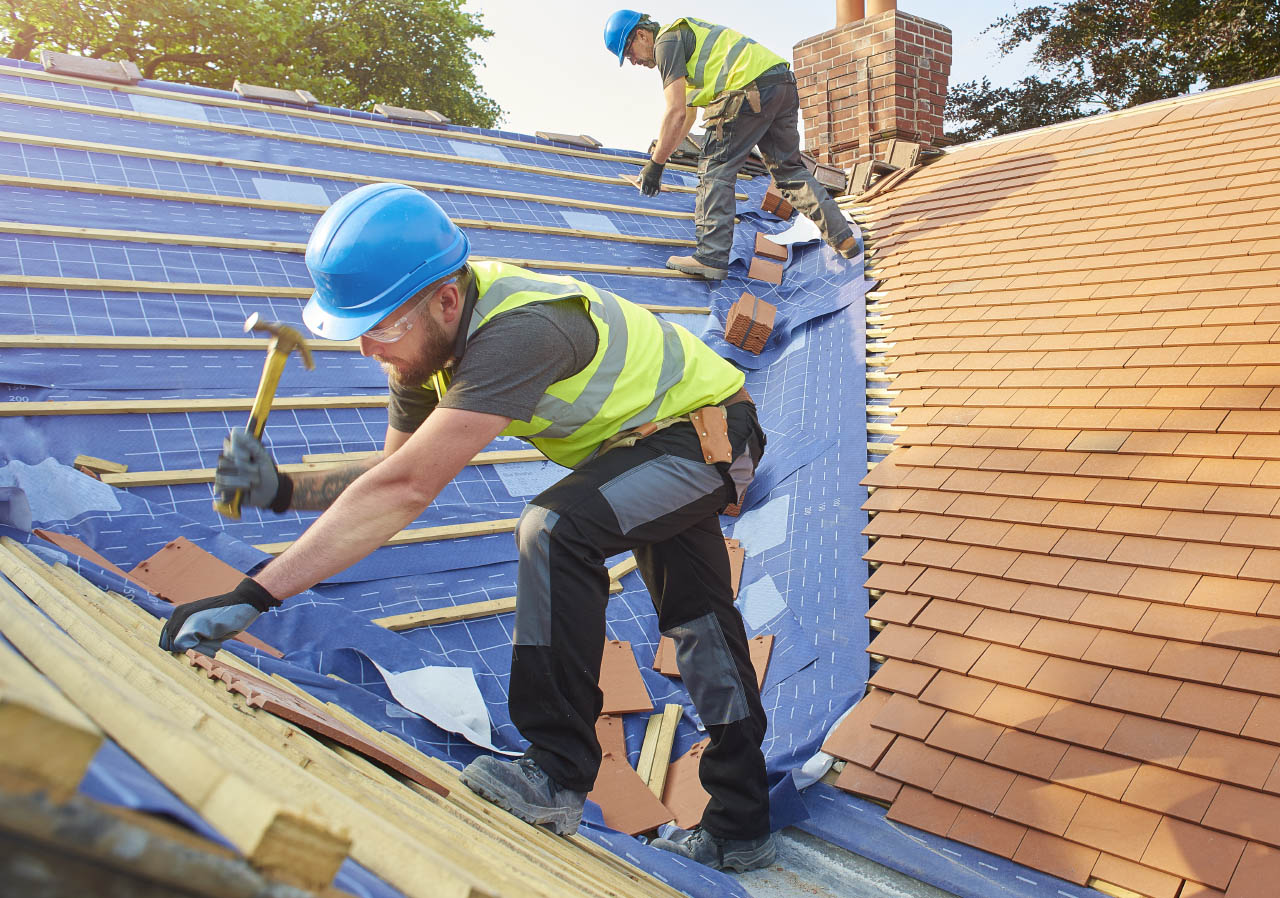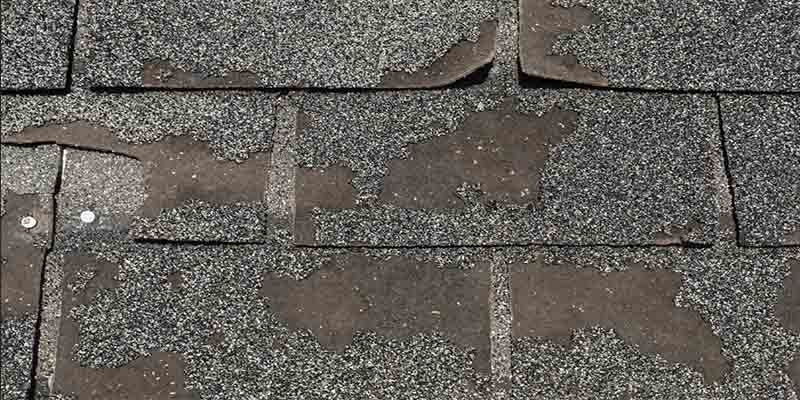Roofers Oahu: Skilled Contractors for Roof Installations and Services
Wiki Article
Comprehending the Various Kinds of Roofs: A Comprehensive Overview for Homeowners
With an array of alternatives-- ranging from the typical gable to the contemporary level-- each kind provides special advantages and obstacles that should align with the house owner's environmental factors to consider and particular needs. As we check out the ins and outs of various roof types, it comes to be evident that one size does not fit all; the ideal choice might shock you.Gable Roofings
Gable roofings, defined by their triangular form, are amongst the most preferred roof styles as a result of their simplicity and efficiency in losing water and snow. This layout features two sloping sides that satisfy at a ridge, permitting effective drain and minimizing the risk of water accumulation. The steep pitch generally connected with gable roofing systems boosts their ability to take care of hefty rainfall, making them ideal for different environments.Along with their sensible advantages, saddleback roofs use aesthetic adaptability. They can be adjusted to different architectural styles, from conventional to contemporary homes. The style can also accommodate additional features such as dormer home windows, which enhance natural light and ventilation in the attic area.
In addition, gable roofing systems supply enough space for insulation, adding to energy efficiency. House owners can select from a range of roof products, consisting of asphalt roof shingles, metal, and floor tiles, better improving customization choices.
In spite of their benefits, gable roofings may call for additional assistance in areas vulnerable to high winds or hefty snowfall. Generally, the saddleback roof continues to be a preferred selection as a result of its mix of performance, toughness, and visual allure.
Flat Roofs
Level roofs are usually acknowledged for their minimal design and practical applications, particularly in commercial and commercial settings (oahu roofing). These roofs include a horizontal or almost straight surface, which permits for very easy building and construction and functional room application. While they may do not have the aesthetic appeal of pitched roof coverings, level roofing systems provide countless benefits, particularly in urban environments where making the most of area is criticalAmong the primary benefits of flat roofings is their accessibility. Property owners can make use of the roofing system area for numerous objectives, such as roof yards, terraces, or photovoltaic panel installations. Additionally, level roofings are normally a lot more affordable to keep and install compared to their sloped equivalents, as they call for less materials and labor.
Common products utilized for flat roofs consist of built-up roof covering (BUR), changed asphalt, and single-ply membranes, each offering distinctive benefits. Generally, level roof coverings offer as a adaptable and functional option for several home owners and companies alike.
Hip Roofs
Hip roofings are identified by their sloped sides that merge at the top, creating a ridge. This design stands out from gable roofs, as all 4 sides of a hip roofing slope downwards toward the wall surfaces, providing an extra stable structure. The angle of the slopes can vary, permitting adaptability in building aesthetic appeals and performance.One of the primary advantages of hip roofing systems is their capability to stand up to heavy winds and negative climate condition. The sloped surfaces make it possible for much better water drain, lowering the threat of leakages and water damages. In addition, hip roofing systems provide boosted attic room, which can be utilized for storage or perhaps converted right into livable areas.
Nevertheless, constructing a hip roofing system can be a lot more costly and complex than less complex roof covering kinds, such as gable roof coverings. The added product and labor included in developing the slopes and making sure proper structural integrity can cause greater expenditures. In spite of these drawbacks, many homeowners favor hip roof coverings for their toughness, aesthetic appeal, and possibility for power efficiency.
Mansard Roofing Systems
Mansard roofings, frequently recognized by their unique four-sided layout, attribute 2 slopes on each side, with the lower slope being steeper than the top. This building design, originating from France in the 17th century, is not just cosmetically appealing but practical, as it makes best use of the useful space in the top our website floors of a building. The high reduced incline enables more headroom, making it an excellent selection for lofts or attics, which can be exchanged living areas.Mansard roof coverings are defined by their adaptability, fitting numerous architectural designs, from conventional to contemporary. They can be constructed with various products, including asphalt shingles, slate, or metal, giving property owners with an array of choices to match their choices and budgets. Additionally, the design enables the integration of dormer home windows, enhancing all-natural light and ventilation in the top degrees.
However, it is necessary to think about the possible downsides. Mansard roofing systems might call for more upkeep as a result of the intricacy of their design, and their steep slopes can be challenging for snow and rain drainage. In general, mansard roof coverings combine sophistication with usefulness, making them a popular selection among property owners looking for distinctive building functions.
Shed Roofs
As home owners increasingly look for simplicity and functionality in their building layouts, dropped roofings have actually become a preferred choice. Characterized by a single sloping airplane, a shed roof covering offers a minimalist visual that complements various home styles, from modern to rustic.One of the key advantages of a shed roof covering is its uncomplicated building, which typically translates to decrease labor and product prices. This design enables effective water drain, minimizing the danger of leakages and water damages. In addition, the vertical incline supplies sufficient space for skylights, boosting natural light within the interior.
Lost roofs likewise use adaptability in terms of use. They can be effectively integrated into additions, garages, or outdoor frameworks like pavilions and sheds. Furthermore, this site roof covering design can accommodate various roof materials, consisting of steel, asphalt shingles, or also environment-friendly roofs, straightening with green campaigns.
Nevertheless, it is important to think about local environment conditions, as hefty snow lots might require modifications to the roof's angle visite site or structure. Generally, lost roofs present a useful and aesthetically pleasing alternative for homeowners wanting to maximize performance without compromising style.
Final Thought


Gable roof coverings, characterized by their triangular form, are among the most popular roofing styles due to their simpleness and efficiency in losing water and snow. oahu roofing. The steep pitch frequently linked with gable roofing systems enhances their capacity to manage hefty rainfall, making them ideal for numerous climates
While they may lack the aesthetic appeal of pitched roofings, level roofings supply various benefits, especially in city settings where maximizing area is vital.

Report this wiki page